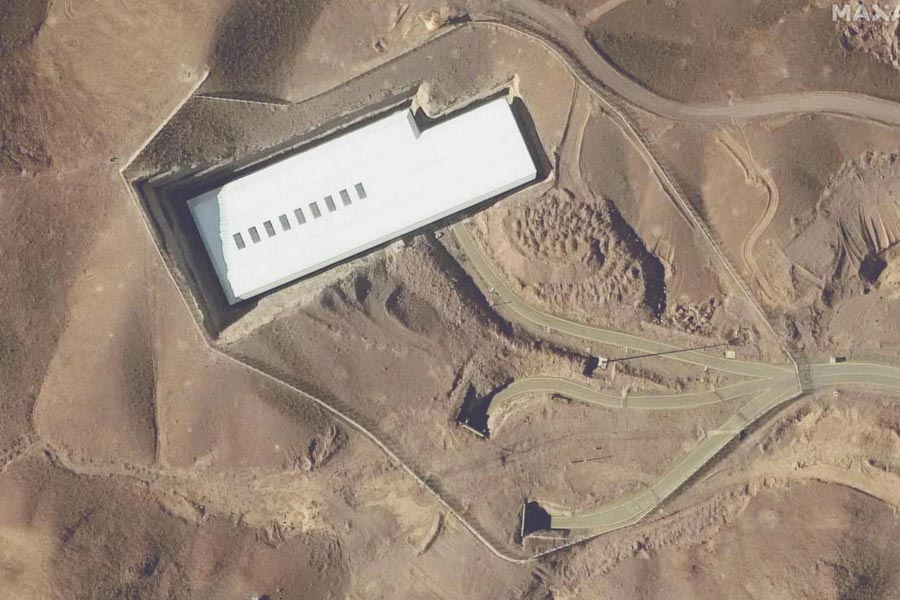 |
Jorhat, Sept. 21: The Assam forest department has moved the National Tiger Conservation Authority (NTCA) seeking the tiger reserve tag for Orang National Park, confident that the smallest of the parks has earned its stripes to now join the big league.
The proposal for conferring the new identity was moved last month.
If the proposal were to be accepted, the park would be the fourth tiger reserve in the state after Manas, Kaziranga and Nameri. Sources in the forest department said the proposal was likely to find favour with the NTCA since it had in the past indicated that Orang National Park deserves to be a tiger reserve.
“With a healthy tiger population, Orang fits the bill to be declared a tiger reserve which would in turn provide a big boost to our conservation efforts. The other major species of the park such as rhinoceros, hog deer, wild buffalo, river dolphin, wild pig and elephant can be conserved in a much more efficient manner in a tiger reserve because of strengthening of the protection measures and improvement of habitat,” principal chief conservator of forest R.P. Agarwalla told The Telegraph recently.
Orang (79.28 square km) has recorded the highest Royal Bengal tiger population with 24 big cats found during last year’s census. The park also has an exceptionally high density of tiger — 25.23 tigers per 100 square km, excluding cubs — according to the census.
The proposed Orang tiger reserve would comprise the existing Orang National Park and mainly the natural course of the Brahmaputra up to Bhomoraguri bridge, which is at the western end of the Kaziranga tiger reserve. The Burhachapori and Laokhowa wildlife sanctuaries, which form the satellite buffer of Kaziranga tiger reserve, has been excluded from it and instead made part of the proposed Orang tiger reserve buffer in view of the spatial proximity as well as envisaged continuous tiger corridor till Kaziranga.
The total area of the proposed Orang tiger reserve will work out to be 790.17 square km.
Divisional forest officer Sushil Kumar Daila told The Telegraph that Orang tigers have been facing the biggest threat from retaliatory killings by fringe villagers and if the park is notified as a tiger reserve, its boundaries would be completely secured through installation of solar-powered fencing and high towers to stop illegal grazing of cattle inside the park area as well as straying of tigers outside it and consequent retaliatory killings.
In the past 10 years, at least 13 tigers of Orang have been poisoned to death to avenge cattle depredation. The NTCA report in 2010 on status of tigers in India had also underscored the significance of Orang-Kaziranga tiger corridor stating that “the Kaziranga tiger population is contiguous with that of the Rajiv Gandhi Orang National Park connected through island systems of the Brahmaputra. This is the single largest population in this landscape comprising about 125 tigers.”
The report advocated connecting of the “stepping stones” between Orang and Kaziranga as part of the long-term tiger conservation strategy. Daila said the park gets inadequate funds for management, which has become one of the biggest hurdles in conservation efforts.
“If declared a tiger reserve, the park is likely to get adequate funds for its overall protection and management requirements, including infrastructure, habitat and human resource development. The officials and staff who are entrusted with the onerous task of protecting its flagship species — tiger and rhinoceros — will also get much deserved additional incentives in the form of project allowance and other welfare measures. This will give a fillip to their morale, motivation and dedication towards wildlife conservation.”










